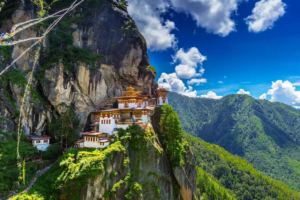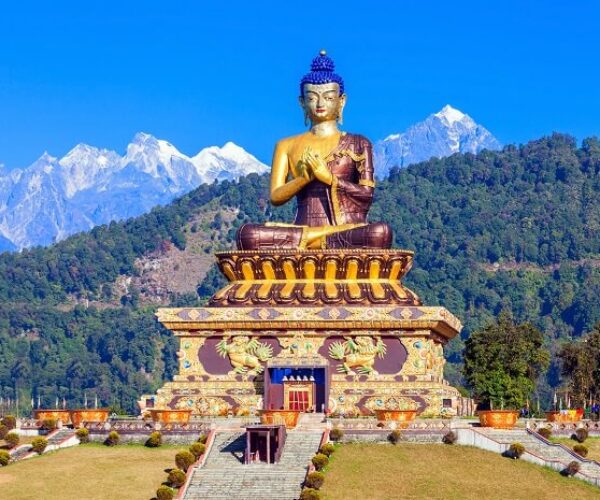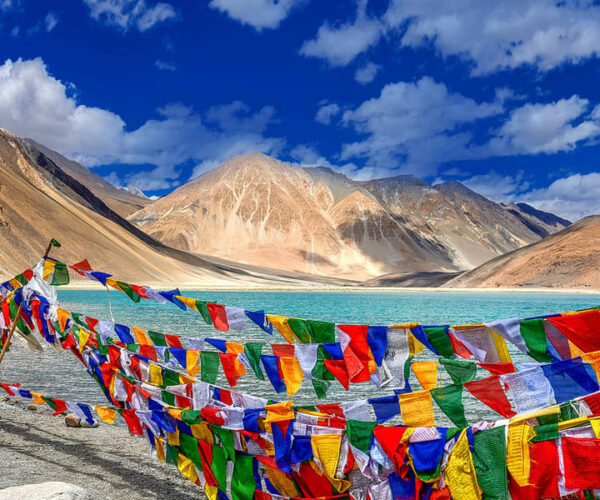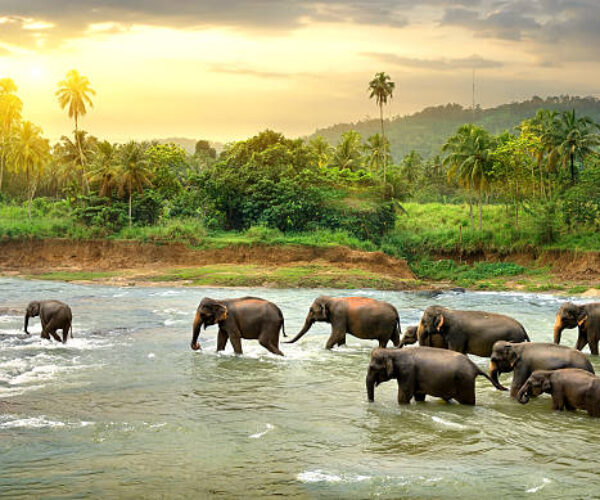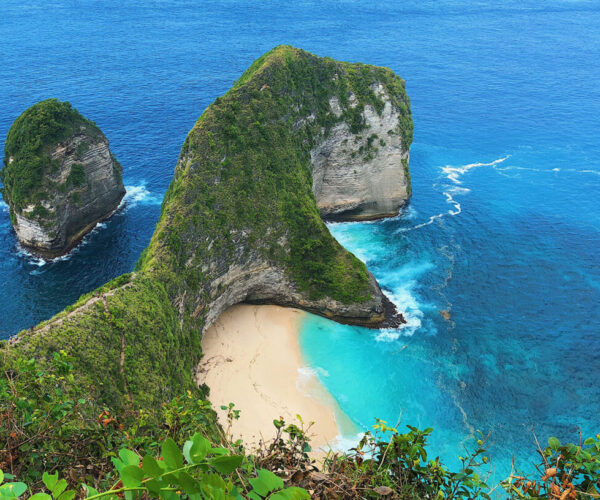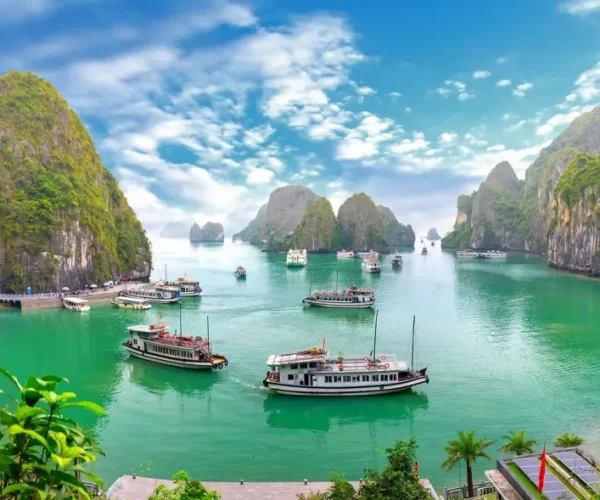Bhutan
Bhutan Tour Packages
Land of the Thunder Dragon
Send Us An Enquiry
Overview
Nestled in the Eastern Himalayas, Bhutan offers a unique blend of natural beauty, rich cultural heritage, and a commitment to Gross National Happiness (GNH). As one of the world’s last Buddhist kingdoms, Bhutan’s traditions are proudly upheld, evident in its architecture, festivals, and daily life. Visitors are treated to breathtaking landscapes, ancient monasteries, and vibrant festivals, all enveloped in the warmth of Bhutanese hospitality. With a focus on sustainable tourism, Bhutan ensures its treasures endure for generations, inviting travelers to experience a journey unlike any other—a celebration of life’s simple joys and profound wonders.
Thimphu
Thimphu, the capital city, is the political and economic heart of Bhutan. It offers a blend of modernity and tradition, with attractions like the Tashichho Dzong, the National Memorial Chorten, and the impressive Buddha Dordenma statue. The Thimphu Weekend Market is a bustling spot where locals sell organic produce and traditional handicrafts, providing a vibrant cultural experience. A Bhutan trip is incomplete without exploring these unique highlights of Thimphu.
Punakha
Punakha, the former capital, is known for the majestic Punakha Dzong, situated at the confluence of the Pho Chhu and Mo Chhu rivers. This fortress is a masterpiece of Bhutanese architecture and history. The Punakha Suspension Bridge offers stunning views of the river and valley, making it a popular spot for visitors. Nearby, Chimi Lhakhang, also known as the Temple of Fertility, attracts couples seeking blessings for fertility.
Chimi Lhakhang
Located in the Lobesa Valley, Chimi Lhakhang is dedicated to Drukpa Kunley, the “Divine Madman.” Known for its fertility blessings, the temple is a pilgrimage site for couples hoping to conceive. The surrounding village of Lobesa provides a cultural insight with its unique phallic symbols painted on houses, reflecting Drukpa Kunley’s unorthodox teachings.
Lobesa
Lobesa, an agricultural hub in the Punakha Valley, is famous for its rice paddies and scenic landscapes. It offers a glimpse into rural Bhutanese life and is often visited by tourists en route to Chimi Lhakhang. The village is a testament to Bhutan’s agricultural heritage and traditional lifestyle.
Phobjikha Valley
Phobjikha Valley is a glacial valley known for its breathtaking landscapes and as the winter home of the endangered black-necked cranes. The Gangtey Monastery, a significant Nyingmapa monastery, overlooks the valley and offers spiritual insights. Nature trails, particularly the Gangtey Nature Trail, provide opportunities for trekking and bird watching, making it a haven for nature enthusiasts. A Bhutan tour to this serene valley is a perfect way to experience its natural beauty and rich culture.
Paro
Paro is home to the iconic Paro Taktsang, or Tiger’s Nest Monastery, perched precariously on a cliffside. The Paro Dzong, a fine example of Bhutanese architecture, houses administrative offices and a monastic school. The National Museum of Bhutan, located in the Ta Dzong, showcases Bhutanese art and artifacts. Kyichu Lhakhang, one of the oldest temples in Bhutan, adds to Paro’s rich historical tapestry.
Haa Valley
Haa Valley, one of Bhutan’s most picturesque and least visited areas, offers a tranquil and authentic experience. The valley is home to the Lhakhang Karpo (White Temple) and Lhakhang Nagpo (Black Temple), both significant in local mythology. The annual Haa Summer Festival celebrates Bhutanese culture with traditional sports, food, and religious performances, providing a deep cultural immersion.
Bumthang
Bumthang, considered the cultural heartland of Bhutan, consists of four valleys rich in historical and religious sites. Jakar Dzong, the “fortress of the white bird,” serves as the administrative center of the region. Jambay Lhakhang, one of 108 temples built by the Tibetan King Songtsen Gampo, and Kurjey Lhakhang, where Guru Rinpoche meditated, are key spiritual sites. Bumthang’s landscape, dotted with ancient monasteries and temples, offers a profound cultural and spiritual journey.
Bhutan Through The Seasons:
The best time to visit Bhutan is generally considered to be either in the spring, between March and May, or in the autumn from September to November. During these months the weather tends to be pleasantly dry and mild, and the scenery – never less than beautiful, of course – is at its most glorious. Here’s what you can expect during each season:
Getting There
By Air:
The only international airport in Bhutan is Paro International Airport. You can only fly to Paro International Airport from Delhi, Kolkata, Mumbai, Guwahati and Bagdogra
By Road:
This is the more popular way of entering to Bhutan from India. You need to travel to Phuentsholing, the border town in Bhutan from either Bagdogra Airport, NJP or Siliguri. The journey is of 160 Kms and takes around 4 -5 hrs. Once you reach Phuentsholing, you can travel another 170 Kms (4 – 5 hs) to Thimphu or Paro or stay back and proceed the next day.
Bagdogra Airport, NJP or Siliguri are connected by Air, Trains and Road to all major ciites in India
SDF & Insurance
For Indian citizens traveling to Bhutan, here are the details regarding the Sustainable Development Fee (SDF) and insurance requirements:
Sustainable Development Fee (SDF): Indian citizens are required to pay an SDF of BTN 1,200 per person per night. This amount can be paid directly at the point of entry to Bhutan
Travel Insurance: Travel insurance is mandatory for Indian tourists visiting Bhutan. You can purchase a travel insurance at the point of entry for BTN 600
Stay and Dining
Bhutan offers a diverse range of accommodations to suit different preferences and budgets. Visitors can choose from luxurious hotels and resorts that provide top-notch amenities and exceptional service. Mid-range options offer comfortable rooms with modern facilities and a touch of local culture. For a more intimate experience, charming guesthouses and traditional homestays allow guests to immerse themselves in Bhutanese life. Many accommodations feature traditional Bhutanese architecture, characterized by ornate woodwork and intricate paintings. Homestays, in particular, offer a unique opportunity for cultural immersion, where guests can live with local families, participate in daily activities, and savor homemade Bhutanese cuisine, fostering meaningful connections and unforgettable memories.These accommodations are often included in our Bhutan tour packages, offering a full cultural experience.
Food: Bhutanese cuisine offers a delightful mix of spicy and savory flavors, with iconic dishes like Ema Datshi (a spicy chili and cheese stew) and Momos (steamed dumplings filled with meat or vegetables). Phaksha Paa, a spicy pork dish, is also a favorite. Red rice, a staple, accompanies most meals, while Suja, a traditional butter tea, provides warmth in the cold climate. Ara, a fermented alcoholic beverage, is cherished during festive occasions. The cuisine reflects Bhutan’s cultural richness, emphasizing locally sourced ingredients and a love for bold flavors.





